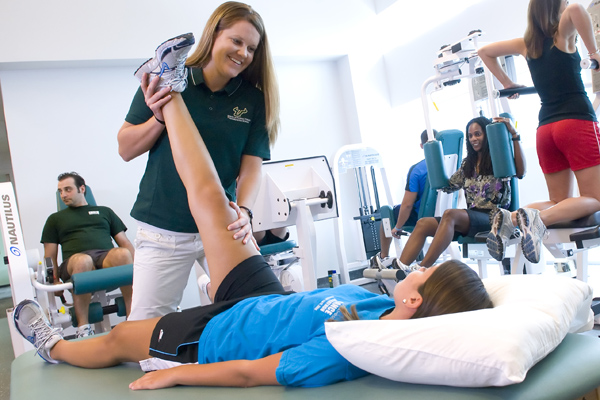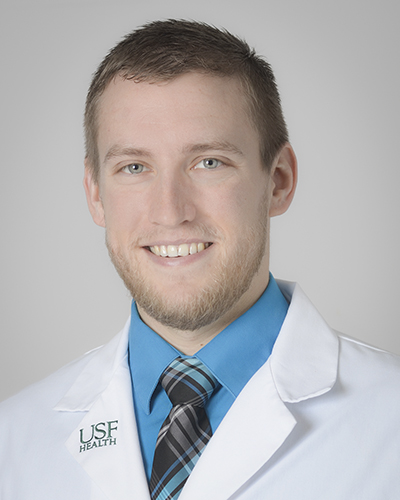Pain is personal, but many times the root cause of pain can be treated through physical therapy.
October is National Physical Therapy Month and this year’s campaign focuses on using physical therapy as a safe alternative to prescription opioids for pain management.
National statics show that opioid addiction is at an all-time high and typically include painkillers like Vicodin, OxyContin, Opana, and methodone, and combination drugs like Percocet.
While opioid use may be appropriate for intense post-surgical or cancer-related pain, the risks of opioid use outweigh the benefits when it comes to common musculoskeletal injuries, especially in the case of chronic musculoskeletal pain, said Kenneth Taylor, PT, DPT, assistant professor in the USF Health School of Physical Therapy and Rehabilitation Sciences.
“Chronic pain drives many to turn to opioids for relief,” said Dr. Taylor, who is a board-certified clinical specialist in orthopaedic physical therapy. “The brain is a powerful thing and many times we think pain means continued injury. But pain is not always a good indicator of the true health status of tissue, and pain killers only mask pain, not address the real issue causing that pain.”
Physical Therapists are the movement specialists of the world, he said, and they are trained to target treatment, help alleviate pain and, as a result, help prevent opioid addiction. At the USF Health School of Physical Therapy and Rehabilitation Sciences, students are given the tools to target physical therapy and to recognize opioid addiction.
“We train our graduates to have a better understanding of pain, to educate their own patients not to fear pain, and to offer them the best approaches for getting their patients moving again,” Dr. Taylor said. “Pain while in physical therapy doesn’t mean damage – hurt does not equal harm.”
The key, Dr. Taylor said, is to talk with your health care provider about your pain, your options for pain management, and the related risks for taking opioids.
Statistics:
According to the CDC, in 2012 health care providers wrote 259 million prescriptions for opioid pain medication, enough for every American adult to have their own bottle of pills
According to the CDC, every day, over 1,000 people are treated in emergency departments for misusing prescription opioids.
According to the CDC, as many as 1 in 4 people who receive prescription opioids long-term for noncancer pain in primary care settings struggles with addiction.



